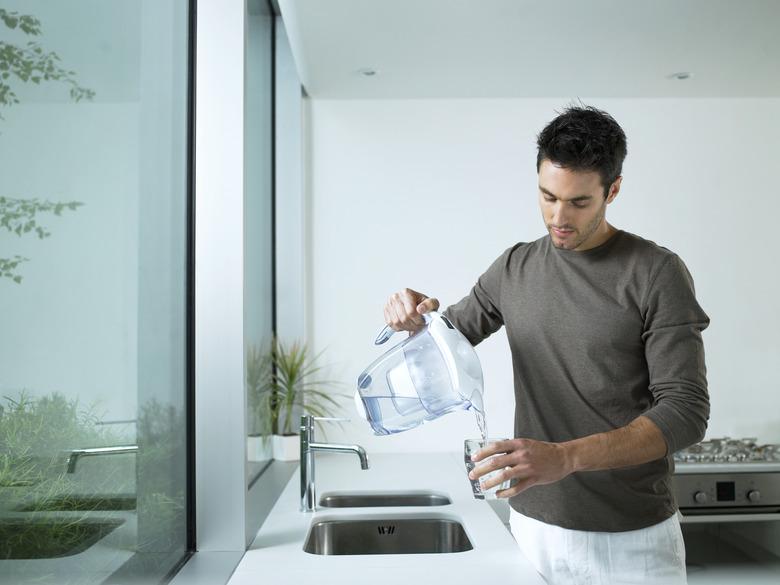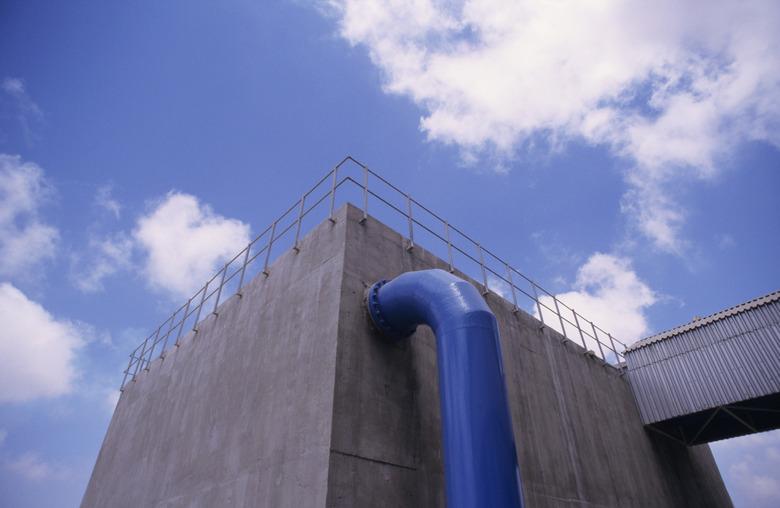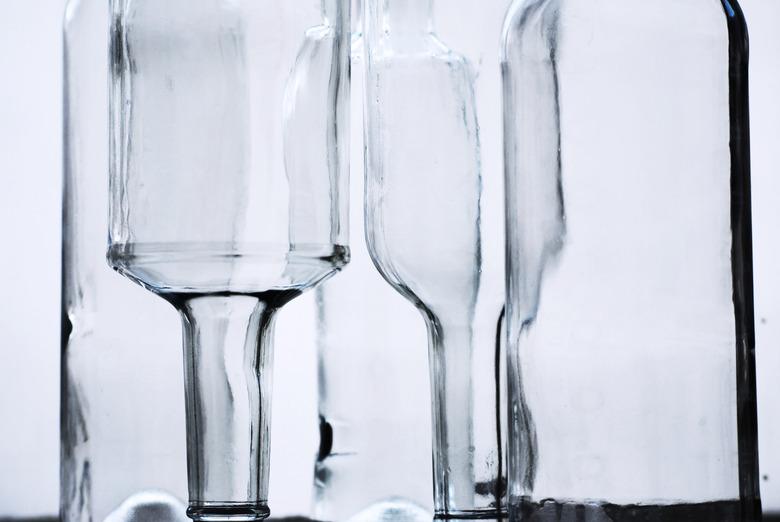Water Filters That Remove Sodium
Though many types of water filters and purification systems are available, only certain systems will remove sodium from drinking water. Activated carbon filters, which are used in the carafe-style and faucet-mounted filters that make up a significant portion of the retail filter market, do not filter sodium and other impurities, such as arsenic. Knowing the types of contaminants that a filter eliminates will help the consumer choose a system that meets their filtration needs.
Reverse Osmosis Filters
Reverse Osmosis Filters
These systems are plumbed-in with a permanent connection to an existing water pipe. Water is filtered and dispensed through the sink faucet. Reverse osmosis works by using pressure to force water through a membrane filter that removes everything but water molecules. A carbon pre-filter is used to trap organic material and chlorine, which would otherwise damage the membrane. The purified water passes to the faucet; the rest flows down the drain with the impurities. Reverse osmosis systems cost more than most other filter systems (many installations will cost in the four-figure range), and they require replacement filters that cost in the low three-figure range. But these systems remove sodium, arsenic, barium, hard metals (such as aluminum) and other impurities. They have a high waste-water ratio. According to the North Dakota State University (NDSU), for every five gallons of filtered water, 40 to 90 gallons will be discharged as waste water.
Dual Stage Filters
Dual Stage Filters
Dual stage filters work by filtration and ion exchange to remove sodium, chlorine and heavy metals, but they leave in trace minerals like potassium that are healthy for the human body. Water passes through two carbon filters and then to a tube that is connected to the facet return line. These types of filters can be installed under the sink or on the counter top. Dual stage filters are easy to use and maintain, but require a professional plumber to install. Dual stage filters range in the low three-figures for cost, depending on the size and manufacturer.
Distillation Filtration
Distillation Filtration
Distillation boils the water to produce steam that is blown into a separate cooling chamber by a fan. This distilled water process removes microbial contamination, heavy metals (lead, aluminum, copper and arsenic), pesticides, sodium and many other contaminants in the water. The downside to distillation is that all minerals, even beneficial ones, are filtered out. This system uses more energy in the form of electricity to boil the water and takes up to 6 or 7 hours for processing. Distillation equipment ranges from small batch processors the size of a coffee maker to large under-sink continuous flow units. A small five-quart batch processor produces four gallons of water per day. A large continuous flow unit produces 10 gallons of water per day with a four-gallon storage container. The system cost depends on the volume of water needed per day and ranges from a few hundred up to more than $1,000.



